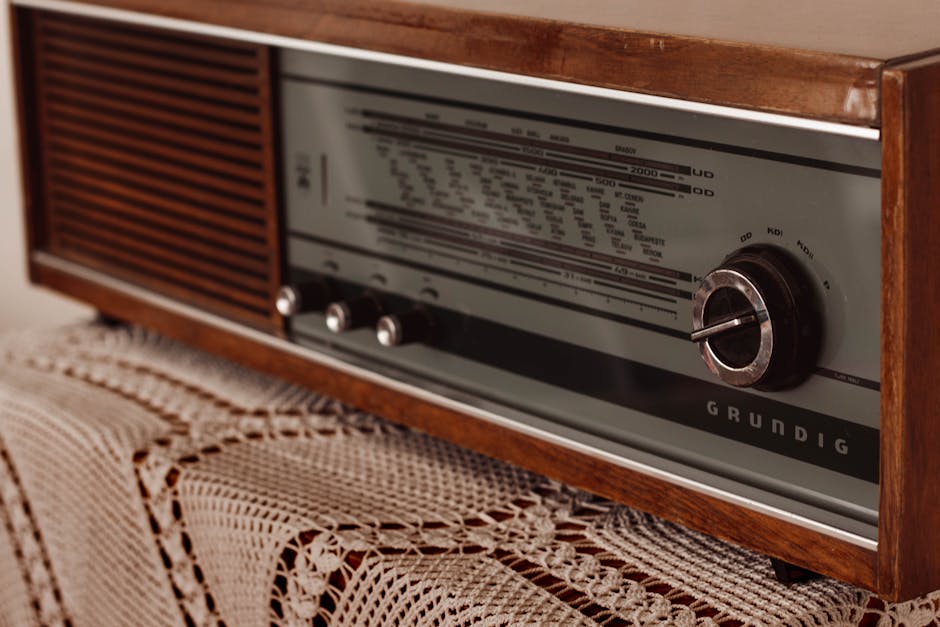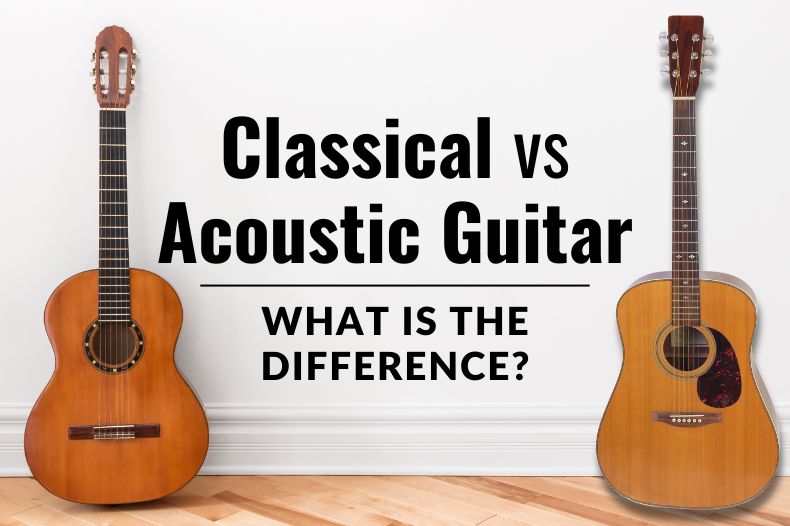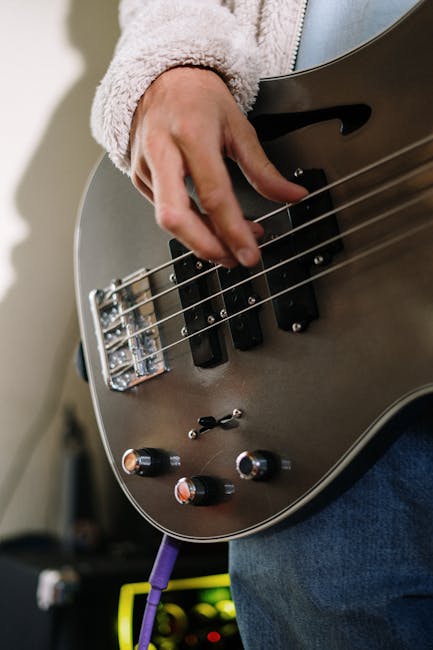Are you tired of hitting all the wrong notes and making your guitar sound like a cat being strangled? Well, fear not, because we are about to dive into the wondrous world of guitar harmony. Get ready to unravel the mysteries of vibrating strings, harmonics, and funky chord progressions as we explore the physics behind creating sweet, sweet music on your trusty axe. So grab your guitar, buckle up, and prepare to rock your world as we unlock the secrets of harmonious sound waves.
Contents
- 1 Unveiling the Fundamentals of Sound Waves in Guitars
- 2 The Role of String Vibrations in Crafting Melodies
- 3 Harmonic Relationships: Understanding Overtones and Resonance
- 4 The Impact of Guitar Construction on Sound Quality and Harmony
- 5 Exploring the Influence of Playing Techniques on Harmonic Production
- 6 Deciphering the Physics Behind Alternative Tunings and Their Harmonic Effects
- 7 The Symbiosis between Electronics and Acoustics in Enhancing Guitar Harmony
- 8 FAQs
- 9 Rock on, Harmonizers!
Unveiling the Fundamentals of Sound Waves in Guitars
Understanding how sound waves travel through a guitar can seem like a daunting task, but fear not, we’re here to break it down for you in the most simple and entertaining way!
Imagine each pluck of a guitar string as a tiny superhero, creating ripples of sound waves that travel through the air like a rock concert crowd doing the wave. These sound waves bounce off the guitar’s body, creating a symphony of vibrations that tickle your eardrums and make your heart sing. It’s like a musical hug from your favorite band member!
But wait, there’s more! The length, tension, and thickness of guitar strings all play a role in determining the pitch of the sound waves they produce. It’s like a delicate dance of physics and artistry, where each string has its own unique voice in the cacophony of sounds that make up your favorite guitar solo.
So next time you strum your guitar and hear that beautiful melody, remember that it’s all thanks to the magical world of sound waves and the fundamental principles that govern their behavior. Rock on, fellow guitar enthusiasts, and let the music of the waves carry you away on a sonic adventure!

The Role of String Vibrations in Crafting Melodies
When it comes to crafting melodies, string vibrations play a crucial role in creating harmonious tunes that can make your heart sing (or at least tap your foot a little). These vibrations are like the secret sauce to a delicious musical sandwich – without them, your melodies would fall flat faster than a poorly tuned guitar.
Picture this: each string on your instrument is like a tiny acrobat, jumping and twirling in just the right way to produce a specific note. It’s like a synchronized dance party where every string knows its part and plays it with gusto. And when you combine all those vibrating strings together, you get a melody that can lift your spirits and transport you to a whole new world of musical magic.
Think of string vibrations as the architects of your melodies, laying down the foundation for your musical masterpiece one note at a time. They’re the unsung heroes behind the scenes, working tirelessly to create beautiful music that can move your soul and make you feel all the feels. So next time you pick up your instrument, give those strings a little extra love - they deserve it for all the hard work they do in crafting your melodies.

Harmonic Relationships: Understanding Overtones and Resonance
Have you ever heard a beautiful symphony and wondered, how do those sounds blend so perfectly together? It’s all about harmonic relationships, my friends. Understanding overtones and resonance is like having a secret decoder ring for the music world.
Picture this: You’re sitting in a room, and someone hits a tuning fork. That fork is vibrating at a certain frequency, creating the fundamental tone. But wait, there’s more! Along with that fundamental tone come all these little ghostly tones called overtones. They’re like the musical sidekicks, adding depth and color to the main melody.
Now, let’s talk about resonance, aka the ultimate hype man for overtones. Resonance is when one object vibrates at the same frequency as another, causing it to vibrate too. It’s like a harmonious game of telephone, where the vibrations pass along until every note is in perfect sync. It’s like hitting the musical jackpot!
So next time you’re at a concert, listen closely to the interplay of overtones and resonance. It’s like a musical love story unfolding right before your ears. And who knows, you might just become the next Beethoven of harmonics!

The Impact of Guitar Construction on Sound Quality and Harmony
So, you think all guitars are created equal? Think again! The construction of a guitar plays a huge role in determining its sound quality and harmony. Let’s dive into how different aspects of guitar construction can make or break the sweet tunes you’re trying to jam out.
First things first, the type of wood used in a guitar can have a major impact on its sound. From the bright tones of maple to the warm vibes of mahogany, each wood type brings its own unique flavor to the party. So, next time you pick up a guitar, pay attention to the wood it’s made out of - it might just be the secret sauce to making your notes sing!
Next up, let’s talk about the shape and size of a guitar. Believe it or not, the body shape can influence the resonance and projection of the sound. Whether you prefer the classic curves of a dreadnought or the sleek lines of a parlor guitar, the shape you choose can make a big difference in how your music is heard.
And last but not least, we can’t forget about the hardware! The type of bridge, nut, and tuning pegs on a guitar can impact its tone and playability. So, don’t overlook the little details – they might just be the key to unlocking the perfect harmony.

Exploring the Influence of Playing Techniques on Harmonic Production
Have you ever wondered how different playing techniques can affect the harmonics produced by a musical instrument? Well, get ready to dive into the magical world of harmonics where even the way you strum or pluck a string can make a huge difference!
First up, let’s talk about the classic **fingerstyle** technique. This method involves using your fingers to pluck the strings instead of a pick. Not only does this create a warmer, more intimate sound, but it also allows for more control over the harmonics produced. Plus, who needs a pick when you’ve got perfectly good fingers, am I right?
Next, let’s explore the wild world of **tapping**. This technique involves tapping on the strings with your fingertips to produce a percussive effect. The harmonics created through tapping are often more staccato and abrupt, adding a unique texture to the overall sound. Just be careful not to tap too hard or you might end up breaking a string!
And finally, we can’t forget about **bending**. By bending a string either up or down, you can alter the pitch of the note and create some killer harmonics in the process. It takes some serious finger strength to master the art of bending, but once you do, you’ll be amazed at the complex and emotive tones you can achieve.
Deciphering the Physics Behind Alternative Tunings and Their Harmonic Effects
So, you’ve picked up that funky-looking guitar with the extra strings and strange tuning pegs. You strum it, and suddenly you feel like you’re in another dimension. But fear not, fellow musician, because we’re here to decode the mysteries of alternative tunings and their wacky harmonic effects!
First off, let’s talk about the physics behind these bizarre tunings. When you tweak those strings to non-standard pitches, you’re essentially messing with the vibration frequencies of the strings. This can create some mind-bending harmonic interactions that will make your ears perk up in disbelief.
One of the coolest things about alternative tunings is how they can open up new sonic possibilities. You can achieve otherworldly sounds that will transport you to a realm where unicorns play air guitar and space aliens rave to your tunes. It’s like taking a magic carpet ride through the musical universe!
So, the next time you feel like your musical mojo needs a boost, don’t be afraid to experiment with alternative tunings. Embrace the weirdness, unleash your creativity, and let the harmonic magic flow through you. Who knows, you might just discover a new dimension of sound that will rock your world!
The Symbiosis between Electronics and Acoustics in Enhancing Guitar Harmony
Who knew that electronics and acoustics could come together to create such beautiful harmony in the world of guitars? It’s like peanut butter and jelly, Simon and Garfunkel, or Bert and Ernie – they just belong together!
When you think of the evolution of guitars, you can’t help but marvel at how far we’ve come. From the simple wooden box with strings to the technologically advanced instruments we have today, the symbiosis between electronics and acoustics has truly revolutionized the music industry.
With the help of pickups and amplifiers, guitarists can now create sounds that were once thought impossible. The combination of electric and acoustic elements allows for a wide range of tones and effects that can transport listeners to another dimension.
So the next time you pick up your guitar, take a moment to appreciate the magic that happens when electronics and acoustics join forces. It’s like a beautiful marriage, creating harmonies that will make your soul sing!
FAQs
Why do certain chords sound better together on a guitar?
Well, when two chords really love each other, they create a harmonious blend of frequencies that tickles your eardrums just right. It’s like a musical match made in heaven!
How does the physics of vibrating strings contribute to guitar harmony?
Imagine strings vibrating in perfect synchrony, creating waves of sound that dance together in perfect harmony. It’s like a symphony of physics playing out right in front of your fingertips!
What role do overtones play in creating rich guitar harmony?
Overtones are like the spice in a musical dish – they add depth and complexity to the overall flavor. When different overtones from different notes interact, they create a delicious sonic feast for your ears!
How can understanding guitar harmony enhance my playing?
Understanding guitar harmony is like unlocking the secret code to creating beautiful music. It’s like having a superpower that lets you weave together different chords and notes in a way that sounds like magic!
Are there any cool experiments I can try to explore guitar harmony further?
Oh, absolutely! You can try experimenting with different chord progressions, playing around with string tensions, or even messing with your guitar’s tuning. The possibilities are endless, so go ahead and unleash your inner mad scientist of sound!
Rock on, Harmonizers!
We hope you’ve enjoyed this deep dive into the science behind the sweet sounds of guitar harmony. Just remember, the next time you’re shredding on your axe, there’s a whole lot more going on than meets the eye (or ear). So keep exploring, keep experimenting, and keep making beautiful music. And who knows, maybe one day you’ll be the next guitar god to revolutionize the world of rock and roll! Keep harmonizing, friends!



